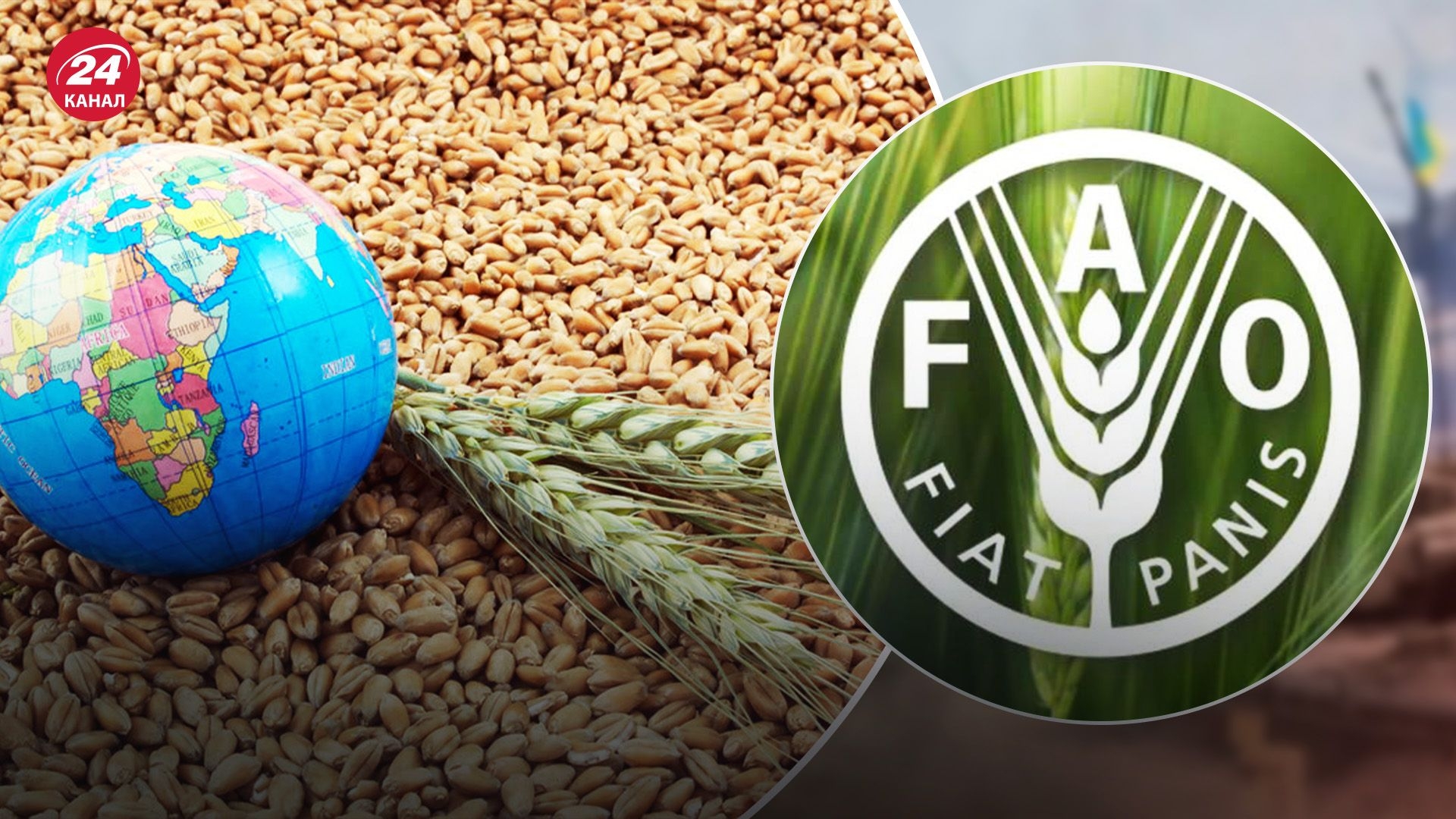FAO food price index fell in January, driven primarily by falling prices for sugar, meat and oils

In January 2025, the FAO Food Price Index (FPI) decreased by 1.6% or 2.1 points compared to December to 124.9 points, which was 6.3% or 7.3 points higher than the January 2024 figure, but was 22% or 35.3 points lower than the peak in March 2022. A slight increase in prices for dairy products and cereals could not compensate for a significant decrease in prices for sugar, meat and oils.

The average FAO Cereal Price Index increased by 0.3% or 0.3 points compared to December to 111.7 points, which is 6.9% or 8.2 points lower than in January 2024. Export prices for wheat decreased against the background of weak import demand, although they were supported by reduced supplies from the Russian Federation and the mixed state of winter crops in the EU and the USA. World prices for maize increased in January and exceeded the level of the previous season for the first time in two years. This was facilitated by a seasonal reduction in supplies, adverse weather in Argentina and a delay in sowing in Brazil, as well as a decrease in production forecasts and stocks for the USA. World prices for sorghum and barley also increased, although slightly. The FAO price index for all types of rice fell by 4.7% against the background of significant supply and competition among exporters.
The average value of the FAO Vegetable Oil Price Index in January fell by 5.6% or 9.1 points to 153 points compared to December, which was 24.9% higher than the January 2024 figure. Prices for palm and rapeseed oil fell the most, while prices for soybean and sunflower oil remained stable.
The average FAO Meat Price Index fell by 1.4% or 1.7 points to 117.7 points, up 8.1% or 8.9 points from January 2024. Demand for meat fell after the New Year holidays, and an outbreak of foot-and-mouth disease in Germany led to import restrictions by some EU countries, resulting in an oversupply of pork. Poultry prices fell on strong supply from Brazil, while beef prices rose on strong demand in major markets.
The FAO Dairy Price Index rose by 2.4% or 3.3 points to 142.9 points compared to December, up 20.4% or 24.3 points from January 2024. Cheese prices rose by 7.6%, while butter prices fell, despite rising demand. Milk prices, whole and dry, also fell amid a recovery in EU production and weak import demand.
The average value of the FAO Sugar Price Index decreased by 6.8% or 8.1 points compared to December to 111.2 points, which is 18.5% or 25.2 points lower than the January 2024 figure and is the lowest value since October 2022, when the index was 108.6 points. The reason was the forecasts of a good sugarcane harvest in Brazil and India's permission to resume sugar exports, which were limited in October 2023.
Most of the prices used in the calculation of the FAO Meat Price Index were not known at the time of publication, so the Index is based on a combination of forecast and actual prices. This may lead to adjustments in the final FAO Meat Price Index and Food Price Index.


